Home>Gardening & Outdoor>Landscaping Ideas>How To Recover A Grass Lawn
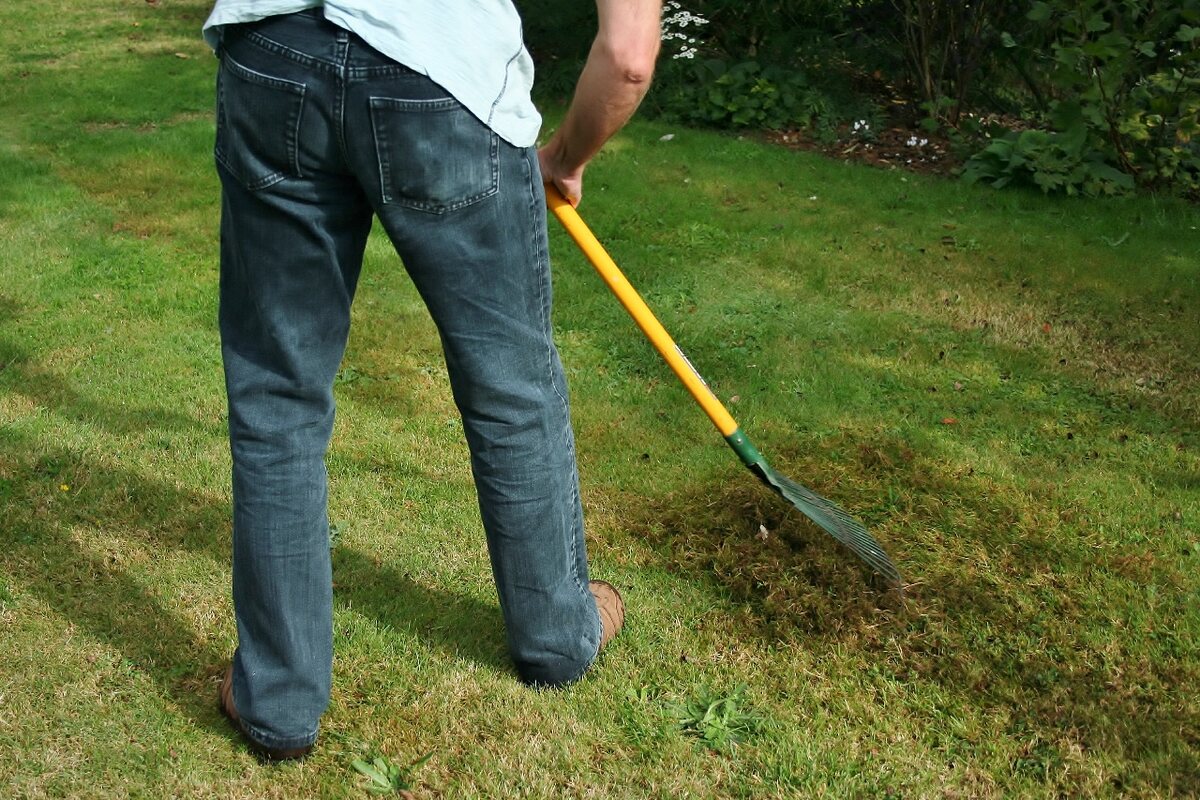

Landscaping Ideas
How To Recover A Grass Lawn
Published: January 26, 2024
Learn effective landscaping ideas for recovering a grass lawn. Discover step-by-step techniques for restoring your lawn's lush greenery.
(Many of the links in this article redirect to a specific reviewed product. Your purchase of these products through affiliate links helps to generate commission for Storables.com, at no extra cost. Learn more)
Introduction
A lush, vibrant lawn is the pride of any homeowner, providing a welcoming carpet of green that enhances the beauty of the outdoor space. However, maintaining a healthy grass lawn can be a challenging task, especially when faced with issues such as bare patches, thinning grass, or invasive weeds. Fortunately, with the right knowledge and techniques, it is possible to revive a struggling lawn and restore it to its former glory.
Recovering a grass lawn involves a multi-faceted approach that encompasses assessing the extent of the damage, implementing effective reseeding or resodding strategies, providing proper watering and fertilization, and adopting appropriate mowing and maintenance practices. Additionally, addressing pest infestations and weed overgrowth is crucial for ensuring the long-term health and vitality of the lawn.
In this comprehensive guide, we will delve into the various steps and strategies involved in rejuvenating a lackluster lawn. From diagnosing the underlying issues to implementing targeted solutions, this article will equip you with the knowledge and insights needed to transform your ailing lawn into a verdant oasis. Whether you are a seasoned gardener or a novice enthusiast, the tips and techniques presented here will empower you to take proactive measures in reclaiming the lush, green expanse of your outdoor sanctuary.
Embark on this journey to revive your grass lawn, and witness the transformation as it flourishes under your care and attention. Let's explore the essential steps involved in the recovery process, from assessing the damage to dealing with pests and weeds, and discover the rewarding experience of nurturing a thriving and resilient lawn.
Key Takeaways:
- Reviving a struggling lawn involves assessing damage, reseeding or resodding, proper watering and fertilizing, and adopting mowing and maintenance practices. It’s like giving your lawn a makeover to make it lush and healthy again!
- Dealing with pests and weeds is crucial for maintaining a vibrant lawn. By identifying pests, using targeted treatments, and preventing weed growth, homeowners can protect their outdoor oasis and enjoy a beautiful, resilient lawn.
Read more: How To Recover Countertops
Assessing the Damage
Before embarking on the journey to rejuvenate a struggling lawn, it is crucial to conduct a thorough assessment of the existing damage. This initial step serves as the foundation for devising an effective recovery plan tailored to the specific needs of the lawn. By closely examining the condition of the grass, identifying problem areas, and understanding the underlying causes, homeowners can gain valuable insights that will inform their subsequent actions.
Visual Inspection
Begin the assessment by visually inspecting the entire lawn. Look for signs of distress such as bare patches, thinning grass, discoloration, and uneven growth. Note any areas where the grass appears sparse or where the soil is exposed. Additionally, observe the overall texture and density of the turf to gauge its health and vitality.
Soil Quality
Assess the quality of the soil by examining its texture, moisture level, and compaction. Soil that is excessively compacted can impede root growth and water absorption, leading to poor grass health. Test the soil's pH level to determine if it falls within the optimal range for healthy grass growth. Understanding the soil composition is essential for addressing nutrient deficiencies and promoting robust root development.
Identifying Pests and Weeds
Inspect the lawn for signs of pest infestations and weed overgrowth. Look for evidence of insect activity, such as chewed grass blades or visible pests, and identify common lawn pests such as grubs, chinch bugs, or armyworms. Similarly, identify the types of weeds present and assess their prevalence across the lawn. Understanding the extent of pest and weed issues is crucial for implementing targeted control measures.
Read more: How To Remove Lawn Grass
Environmental Factors
Consider environmental factors that may be contributing to the lawn's decline. Evaluate the amount of sunlight the lawn receives, as inadequate or excessive sunlight can impact grass growth. Assess the drainage patterns to identify areas prone to waterlogging or poor drainage, which can lead to root suffocation and fungal diseases. Additionally, consider any potential sources of chemical or physical damage, such as pet urine, foot traffic, or lawn care equipment.
By conducting a comprehensive assessment of the damage, homeowners can gain a holistic understanding of the factors influencing the lawn's health. This knowledge forms the basis for developing a tailored recovery plan that addresses the specific needs of the grass, setting the stage for a successful rejuvenation journey.
Reseeding and Resodding
Reseeding and resodding are fundamental techniques for revitalizing a struggling lawn, offering effective solutions for addressing bare patches, thinning grass, and overall turf rejuvenation. These methods play a pivotal role in restoring the lush, green expanse of the lawn, promoting healthy grass growth, and enhancing the visual appeal of the outdoor space.
Reseeding
Reseeding involves the process of planting grass seeds directly into the existing turf to promote new growth and fill in bare or thin areas. This technique is particularly beneficial for rejuvenating patches of damaged or sparse grass, revitalizing the overall density and uniformity of the lawn. The key steps involved in reseeding include:
-
Preparation: Begin by preparing the targeted areas for reseeding. Loosen the soil using a rake or garden fork to create a suitable seedbed, ensuring good seed-to-soil contact for optimal germination.
-
Seed Selection: Choose high-quality grass seed that is well-suited to the local climate and soil conditions. Select a grass variety that matches the existing turf to maintain uniformity and visual consistency.
-
Seeding: Evenly distribute the grass seed over the prepared areas, following the recommended seeding rate. Lightly rake the soil to cover the seeds and protect them from birds or wind displacement.
-
Watering: Keep the newly seeded areas consistently moist to facilitate germination. Water lightly and frequently to prevent the soil from drying out, promoting the emergence of new grass shoots.
-
Maintenance: Monitor the reseeded areas closely and provide ongoing care, including regular watering and protection from foot traffic or pet disturbances. Gradually reintroduce mowing once the new grass reaches a suitable height.
Resodding
Resodding, also known as laying sod, involves the installation of pre-grown grass turf to replace damaged or deteriorated sections of the lawn. This method offers an instant transformation, providing immediate coverage and a seamless integration with the existing turf. The resodding process typically includes the following steps:
-
Site Preparation: Prepare the targeted areas by clearing away any debris, weeds, or existing grass. Level the soil surface and address any soil compaction to create an optimal foundation for the new sod.
-
Sod Selection: Choose high-quality sod that matches the desired grass variety and is free from pests, diseases, or signs of stress. Ensure that the sod is freshly harvested to maximize its viability.
-
Installation: Lay the sod in a staggered pattern, ensuring tight seams and minimal gaps between the individual pieces. Use a roller to press the sod firmly into the soil and promote root-to-soil contact.
-
Watering: Immediately water the newly installed sod to prevent dehydration and promote establishment. Keep the sod consistently moist during the initial weeks to facilitate root development and integration with the soil.
-
Maintenance: Monitor the sodded areas closely and provide regular irrigation, avoiding excessive dryness or waterlogging. Refrain from mowing the newly laid sod until it has firmly rooted and established.
By incorporating reseeding and resodding into the lawn recovery plan, homeowners can effectively address areas of concern and promote the rejuvenation of the turf. These techniques offer versatile solutions for enhancing the overall health and appearance of the lawn, setting the stage for a vibrant and resilient outdoor landscape.
Read more: How To Repair Lawn Grass
Watering and Fertilizing
Proper watering and fertilizing are essential components of lawn care, playing a pivotal role in nurturing healthy grass growth and maintaining the overall vitality of the turf. By understanding the principles of effective watering and strategic fertilization, homeowners can create an optimal environment for the grass to thrive, promoting lush, green coverage and resilience against environmental stressors.
Watering
Watering is a fundamental aspect of lawn maintenance, influencing the root development, nutrient uptake, and overall health of the grass. To ensure adequate hydration without promoting waterlogging, it is important to adopt a strategic approach to watering the lawn.
Watering Schedule: Establish a consistent watering schedule based on the specific needs of the grass and the prevailing environmental conditions. In general, it is advisable to water the lawn deeply and infrequently, allowing the soil to dry out slightly between watering sessions. This encourages the development of deep, robust roots and reduces the risk of shallow root growth.
Morning Watering: Opt for early morning watering to maximize absorption and minimize water loss due to evaporation. Watering during the cooler hours of the day also reduces the likelihood of fungal diseases, as the grass foliage has ample time to dry before nightfall.
Uniform Coverage: Ensure uniform coverage during watering to prevent overwatering in certain areas while leaving others parched. Use sprinklers or irrigation systems that distribute water evenly across the lawn, promoting consistent moisture levels and uniform grass growth.
Soil Moisture Monitoring: Monitor the moisture levels of the soil to gauge the lawn's watering needs accurately. Utilize moisture meters or perform manual inspections to assess the depth of soil saturation and adjust the watering frequency accordingly.
Fertilizing
Fertilizing is a key practice for replenishing essential nutrients, promoting vigorous grass growth, and enhancing the overall resilience of the lawn. By providing the grass with the necessary nutrients, homeowners can fortify the turf against stressors and encourage a lush, verdant appearance.
Soil Testing: Conduct soil testing to determine the nutrient levels and pH balance of the soil. This information guides the selection of appropriate fertilizers and enables homeowners to address specific deficiencies, promoting targeted and effective fertilization.
Fertilizer Selection: Choose high-quality, balanced fertilizers that are formulated for the specific needs of the grass and the local soil conditions. Consider slow-release fertilizers for sustained nutrient availability and reduced risk of leaching.
Application Timing: Apply fertilizers during the active growth periods of the grass, typically in the early spring and late fall. Avoid fertilizing during periods of drought or heat stress, as this can exacerbate the grass's vulnerability to environmental pressures.
Even Distribution: Ensure even distribution of the fertilizer across the lawn to promote uniform nutrient uptake and prevent localized overfertilization. Use spreaders or applicators to achieve consistent coverage and minimize the risk of fertilizer burn.
By implementing strategic watering practices and targeted fertilization, homeowners can create an optimal environment for the grass to flourish, fostering robust growth and a vibrant, resilient lawn. These fundamental practices form the cornerstone of effective lawn care, contributing to the long-term health and beauty of the outdoor landscape.
Mowing and Maintenance
Mowing and maintenance are integral aspects of preserving the health and aesthetics of a grass lawn. By adopting proper mowing techniques and implementing regular maintenance practices, homeowners can promote vigorous grass growth, enhance the visual appeal of the lawn, and mitigate potential issues that may compromise its vitality.
Read more: How To Recover Boat Cushions
Mowing Practices
Mowing Height
Maintaining the appropriate mowing height is crucial for the overall health of the grass. It is recommended to adhere to the one-third rule, which entails removing no more than one-third of the grass blade length in a single mowing session. This promotes healthy root development and helps the grass withstand environmental stressors.
Sharp Blades
Using sharp mower blades is essential for achieving clean, precise cuts. Dull blades can tear the grass, leading to frayed edges that are more susceptible to disease and moisture loss. Regular blade sharpening or replacement is necessary to ensure a crisp, even cut that promotes the grass's resilience.
Mowing Frequency
Establishing a consistent mowing schedule based on the grass growth rate is essential. During periods of active growth, more frequent mowing may be necessary, while growth may slow during periods of drought or heat stress. Adhering to a regular mowing routine prevents the grass from becoming excessively long and maintains a neat, uniform appearance.
Maintenance Practices
Soil Aeration
Periodic soil aeration is beneficial for alleviating compaction and promoting optimal air and water penetration. Core aeration, which involves removing small plugs of soil, enhances root development and nutrient uptake, contributing to the overall vigor of the grass.
Thatch Management
Monitoring and managing thatch buildup is essential for preventing excessive accumulation, which can impede water and nutrient absorption. Dethatching or core aerating the lawn as needed helps maintain a healthy thatch layer, promoting a conducive environment for robust grass growth.
Irrigation System Inspection
Regularly inspecting and maintaining the irrigation system ensures efficient water distribution and prevents overwatering or underwatering. Check for clogged nozzles, leaks, or uneven coverage to optimize water utilization and promote uniform grass health.
Pest and Weed Control
Vigilant pest and weed control measures are essential for preserving the integrity of the lawn. Implementing integrated pest management strategies and targeted weed control methods helps mitigate potential threats and maintain a thriving grass ecosystem.
By incorporating these mowing and maintenance practices into the lawn care regimen, homeowners can foster a resilient, visually appealing lawn that serves as a vibrant centerpiece of the outdoor landscape. Consistent attention to mowing techniques and proactive maintenance efforts contributes to the long-term health and beauty of the grass lawn, ensuring a verdant and inviting outdoor environment.
Dealing with Pests and Weeds
Maintaining a healthy and vibrant lawn involves proactive measures to address the challenges posed by pests and weeds. Left unchecked, these intruders can compromise the integrity of the grass, leading to unsightly damage and diminished overall health. By implementing targeted pest control and weed management strategies, homeowners can safeguard the lush expanse of their lawn and promote a thriving outdoor environment.
Pest Identification
The first step in dealing with pests is to accurately identify the culprits that may be impacting the lawn. Common lawn pests such as grubs, chinch bugs, and armyworms can cause significant damage to the grass, manifesting as brown patches, wilting, or irregular feeding patterns. By closely inspecting the affected areas and identifying the signs of pest activity, homeowners can determine the appropriate course of action to mitigate the infestation.
Read more: How To Grow Lawn Grass
Integrated Pest Management
Integrated pest management (IPM) techniques offer a comprehensive approach to pest control, emphasizing proactive measures and minimizing reliance on chemical interventions. Implementing cultural practices such as proper watering, mowing, and fertilization contributes to the overall resilience of the grass, reducing its susceptibility to pest damage. Additionally, natural predators, beneficial insects, and biological control agents can be leveraged to maintain pest populations at manageable levels, promoting a balanced and sustainable lawn ecosystem.
Targeted Treatments
In cases where pest populations exceed tolerable thresholds, targeted treatments may be necessary to address the infestation effectively. Selective insecticides or nematodes can be applied to targeted areas to combat specific pests while minimizing impact on beneficial organisms. It is essential to follow product labels and application guidelines meticulously, ensuring the safe and judicious use of pest control measures.
Weed Prevention and Control
Weeds pose a persistent challenge to the health and aesthetics of the lawn, competing with the grass for essential resources and detracting from its visual appeal. Implementing proactive weed prevention measures, such as maintaining proper mowing height and density, helps create an environment that is less conducive to weed establishment. Additionally, regular removal of weeds by hand or with targeted tools prevents their proliferation and minimizes their impact on the lawn.
Selective Herbicides
In cases where weed infestations require intervention, selective herbicides can be employed to target specific weed species while minimizing harm to the surrounding grass. These herbicides are formulated to selectively control broadleaf weeds or grassy weeds, offering an effective means of restoring the lawn's uniformity and vitality. Careful application and adherence to safety guidelines are essential to ensure the desired outcomes while preserving the health of the grass.
By addressing pest and weed challenges through a combination of proactive measures, targeted treatments, and judicious interventions, homeowners can maintain a resilient and visually appealing lawn. Vigilance, early detection, and strategic management of pests and weeds contribute to the long-term health and beauty of the grass, ensuring a lush and inviting outdoor space for enjoyment and relaxation.
Read more: How To Repair Grass Lawn
Conclusion
In conclusion, the journey to recover a struggling grass lawn is a multifaceted endeavor that encompasses thorough assessment, targeted interventions, and proactive maintenance. By embarking on this transformative process, homeowners can breathe new life into their outdoor sanctuary, cultivating a vibrant and resilient lawn that serves as a testament to their dedication and care.
The initial step of assessing the damage sets the stage for informed decision-making, allowing homeowners to gain valuable insights into the underlying issues affecting their lawn. By closely examining the condition of the grass, evaluating soil quality, identifying pests and weeds, and considering environmental factors, individuals can develop a comprehensive understanding of the challenges at hand, paving the way for effective solutions.
Reseeding and resodding emerge as fundamental techniques for rejuvenating the grass lawn, offering versatile strategies for addressing bare patches, thinning grass, and overall turf revitalization. Whether through the meticulous process of reseeding or the instant transformation facilitated by resodding, homeowners can witness the gradual resurgence of a lush, green expanse that revitalizes the outdoor landscape.
The essential practices of watering and fertilizing form the cornerstone of ongoing lawn care, providing the grass with the necessary hydration and nutrients to thrive. By adopting strategic watering schedules, ensuring uniform coverage, and implementing targeted fertilization based on soil testing, individuals create an optimal environment for robust grass growth and long-term resilience.
Mowing and maintenance practices play a pivotal role in preserving the health and aesthetics of the lawn, contributing to the overall vitality and visual appeal of the outdoor space. By adhering to proper mowing techniques, addressing soil aeration and thatch management, and implementing vigilant pest and weed control measures, homeowners can maintain a vibrant and inviting lawn that serves as a centerpiece of their outdoor environment.
In dealing with pests and weeds, the implementation of integrated pest management techniques, targeted treatments, and proactive weed prevention measures empowers homeowners to safeguard the integrity of their lawn. By addressing pest infestations and weed proliferation through a balanced and sustainable approach, individuals can nurture a resilient grass ecosystem that thrives in the face of potential challenges.
As the recovery journey unfolds, the dedication and attention to detail invested in nurturing the grass lawn yield a rewarding transformation. From the initial assessment to the implementation of targeted interventions and ongoing maintenance, each step contributes to the creation of a vibrant and resilient outdoor oasis. Ultimately, the journey to recover a struggling grass lawn is a testament to the homeowner's commitment to creating a thriving and inviting outdoor space, where the beauty of nature flourishes under their care and stewardship.
Frequently Asked Questions about How To Recover A Grass Lawn
Was this page helpful?
At Storables.com, we guarantee accurate and reliable information. Our content, validated by Expert Board Contributors, is crafted following stringent Editorial Policies. We're committed to providing you with well-researched, expert-backed insights for all your informational needs.



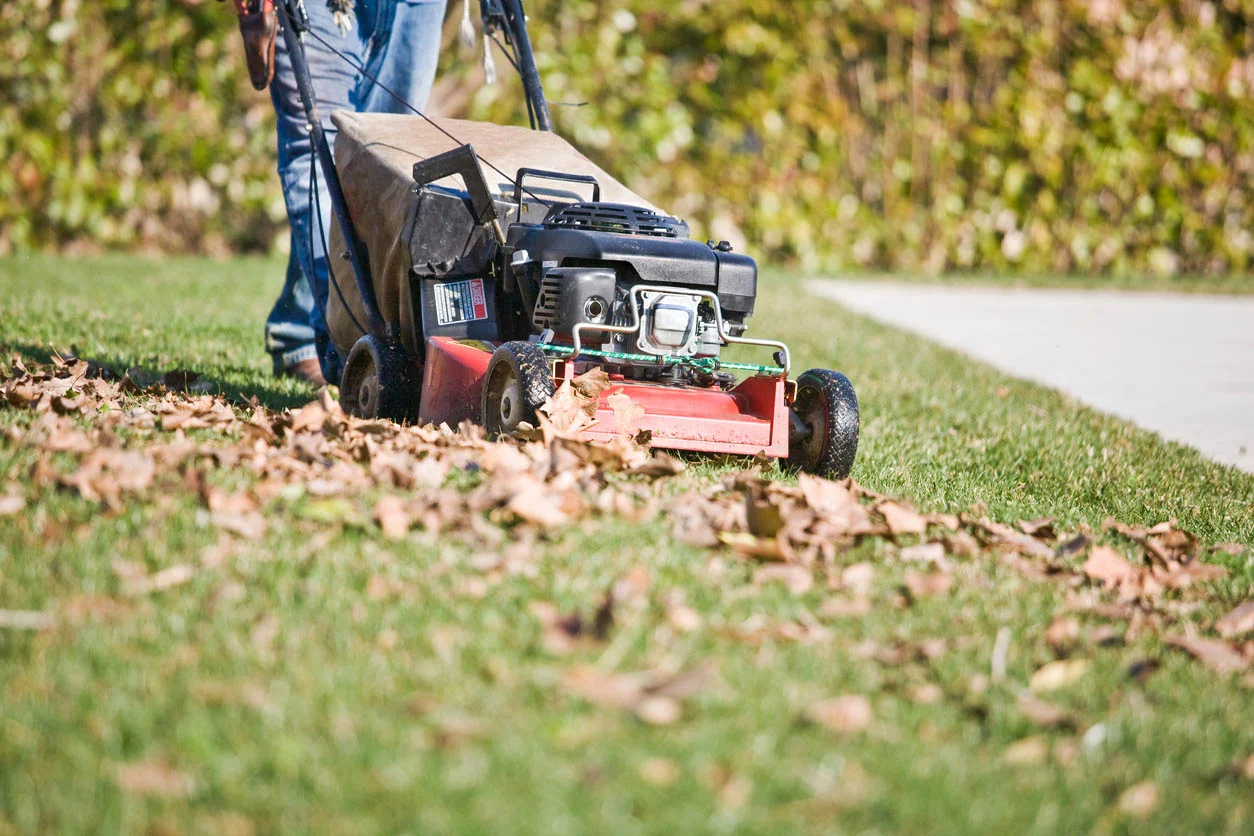
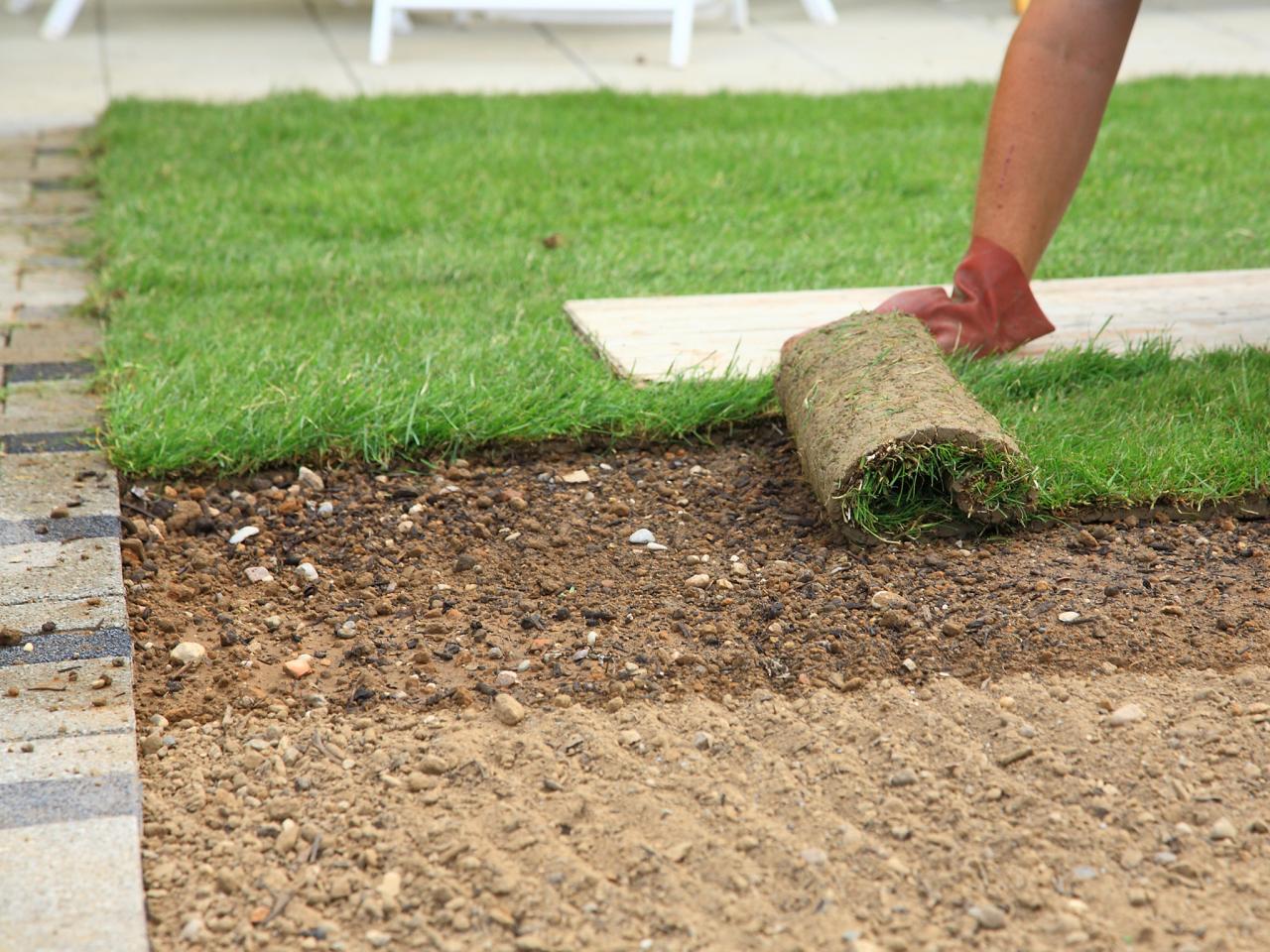
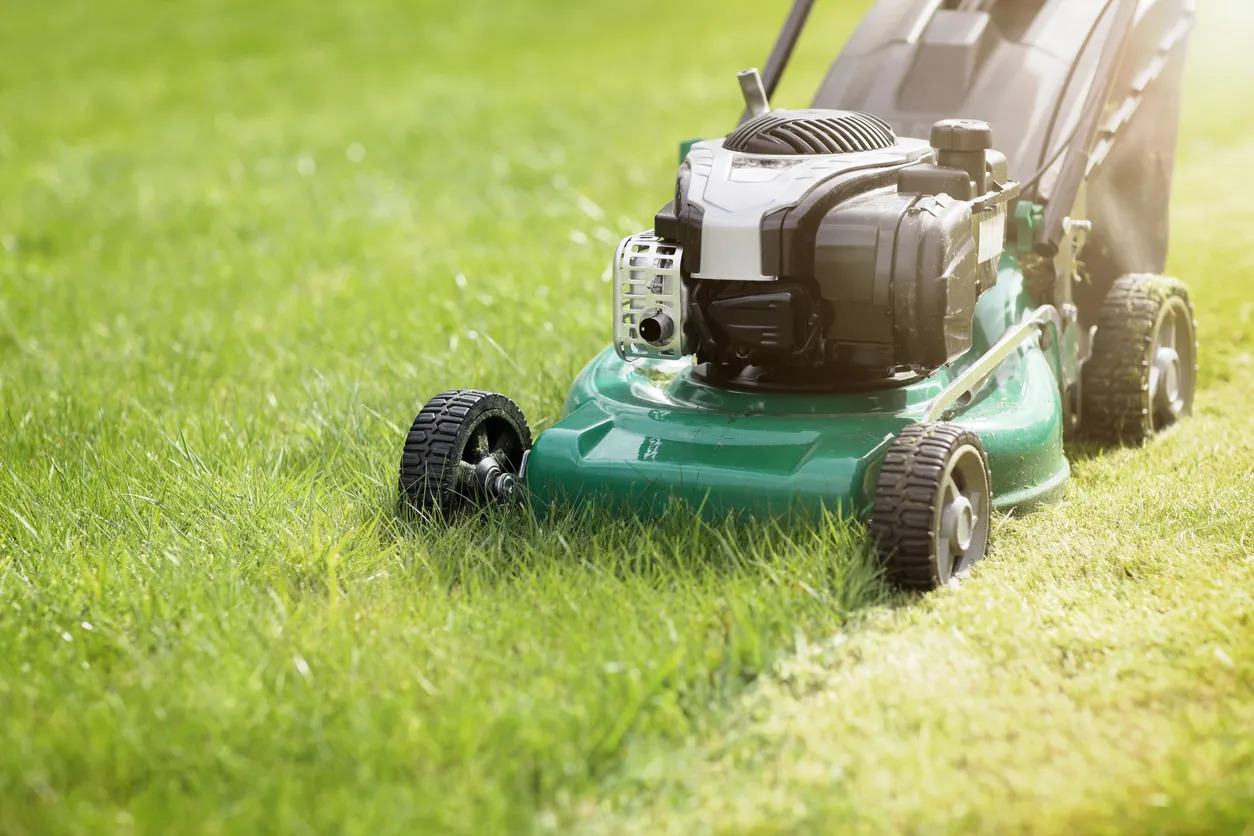
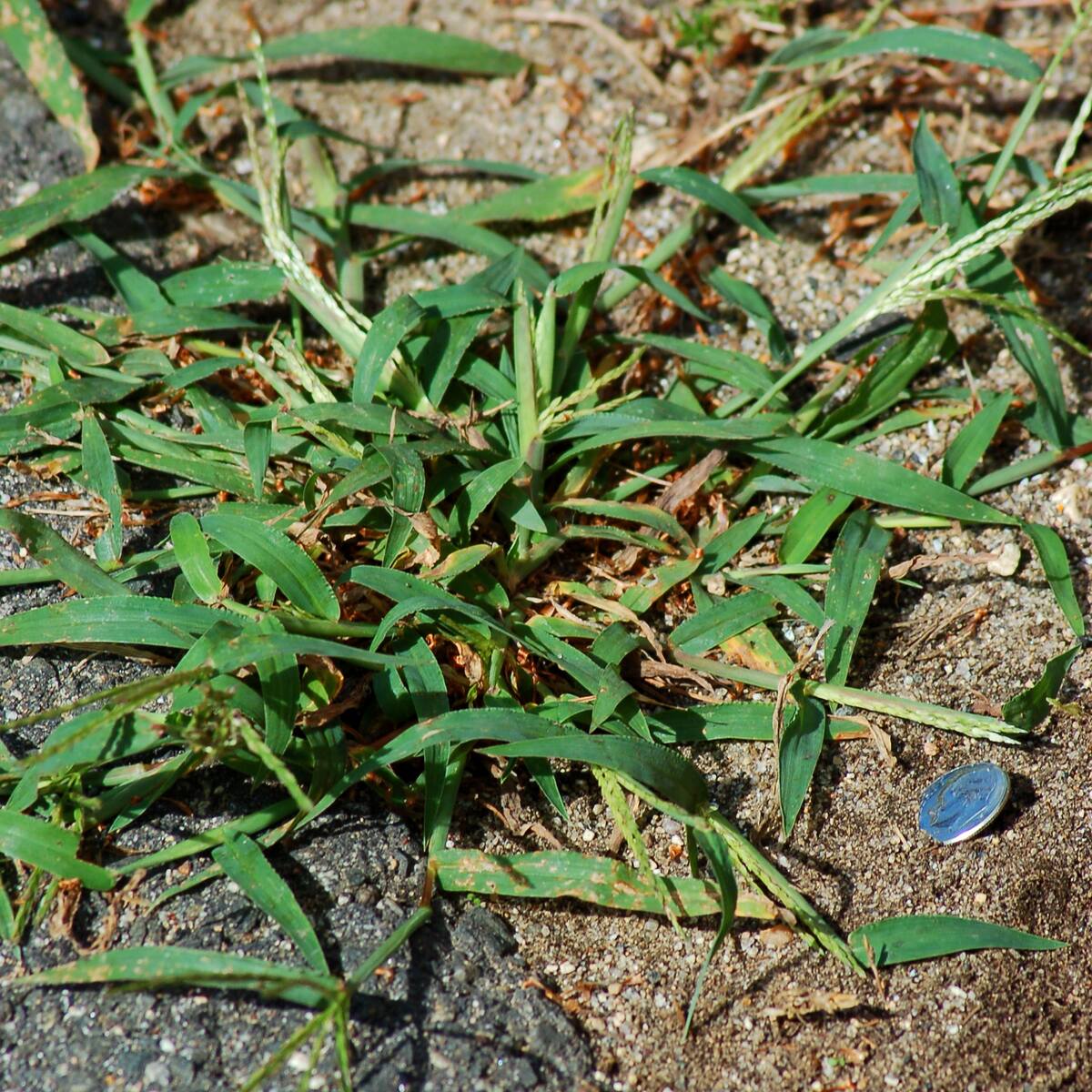
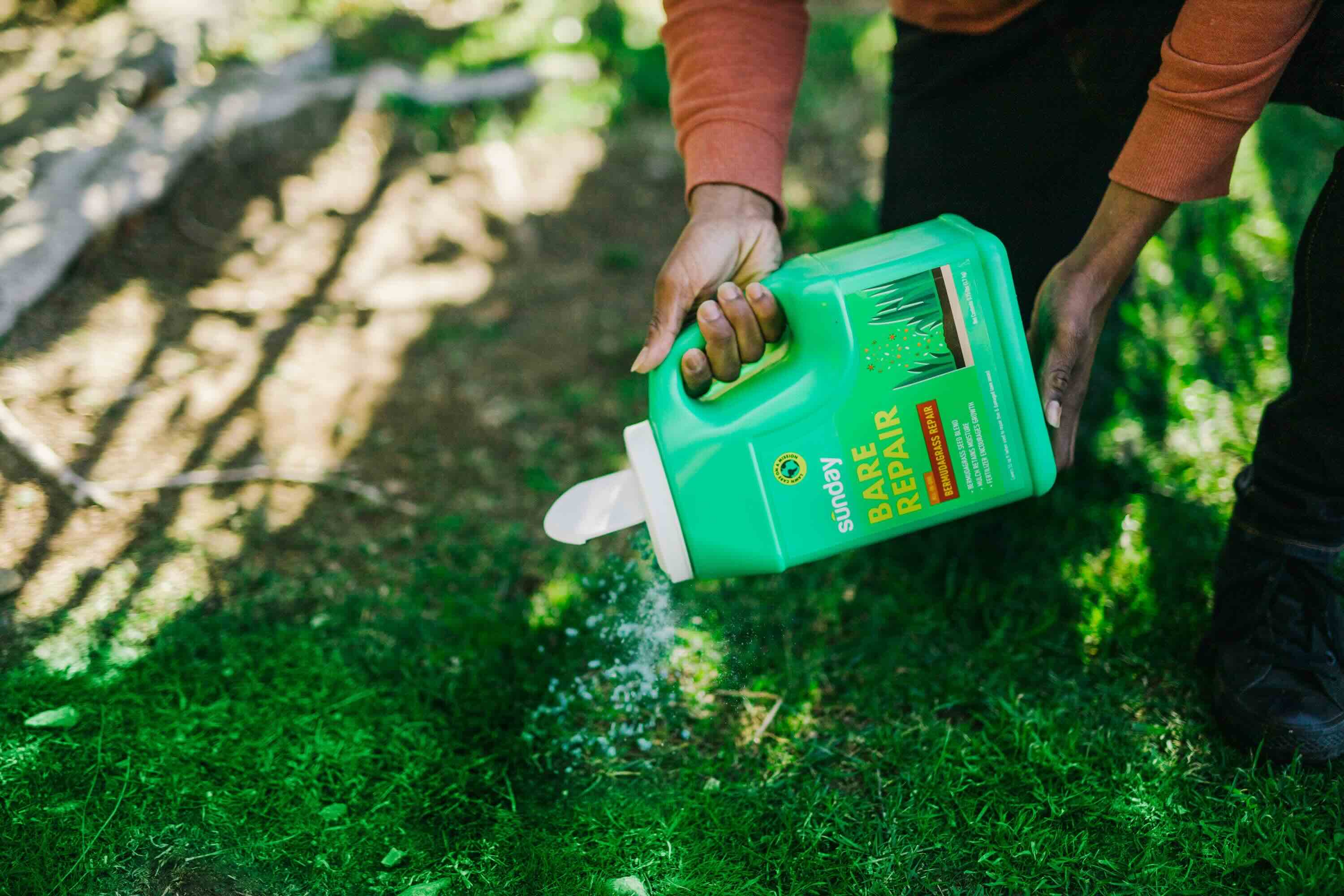
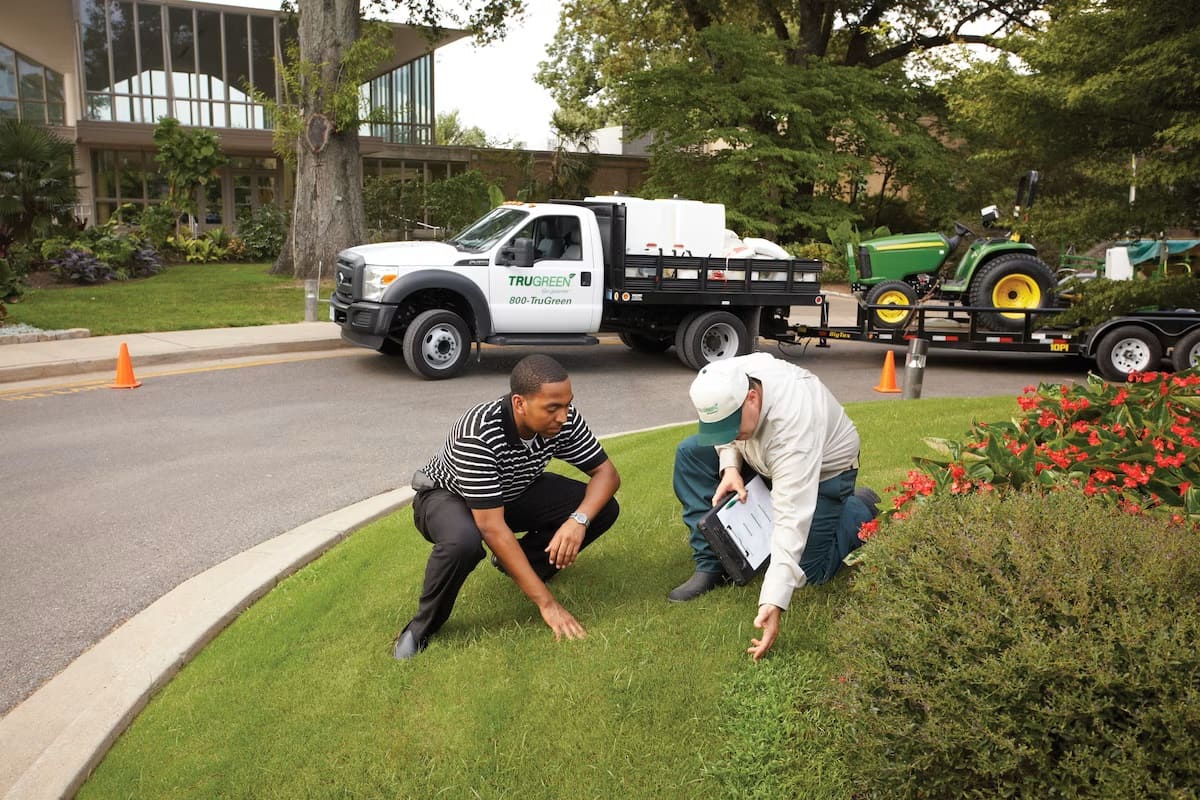
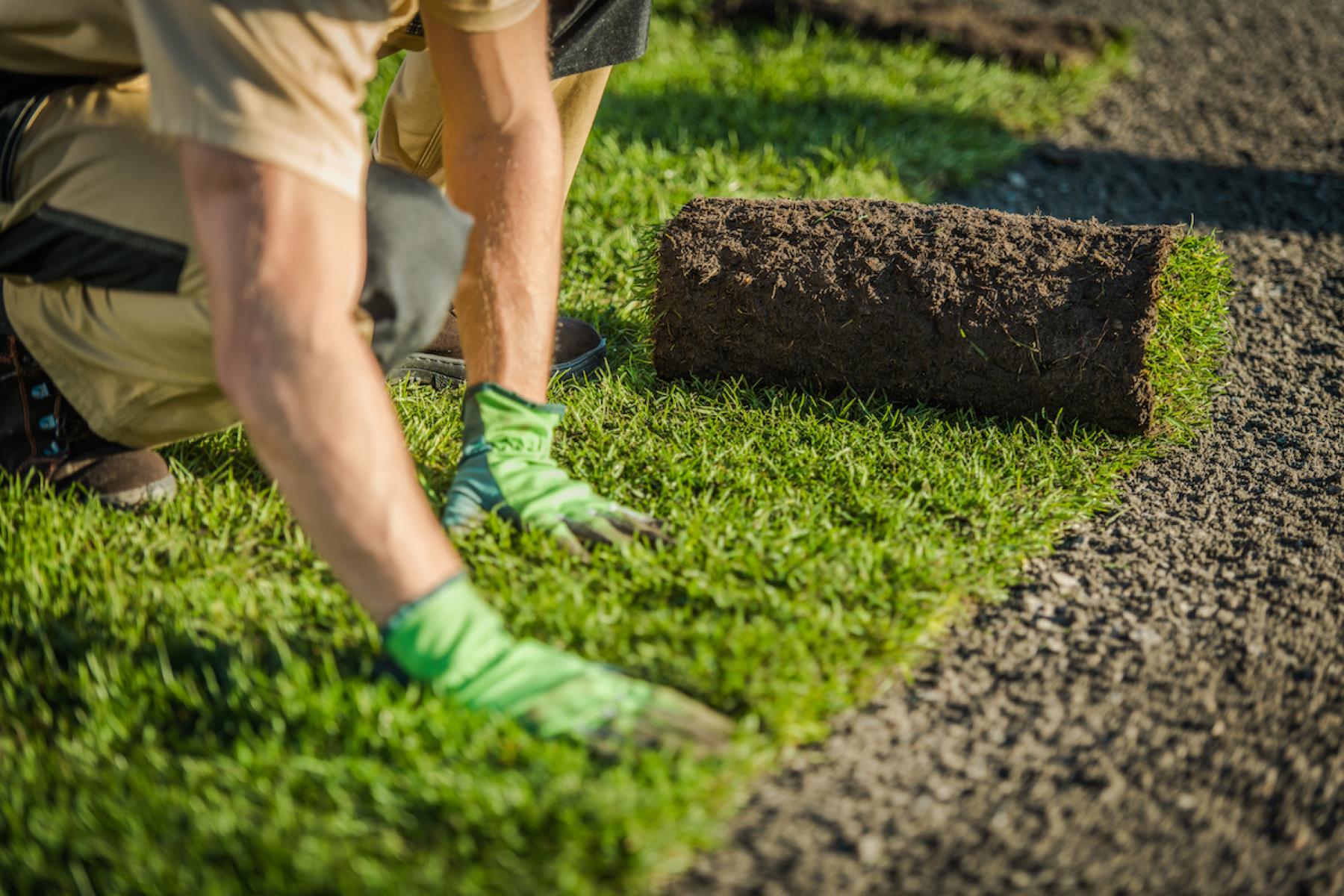

0 thoughts on “How To Recover A Grass Lawn”